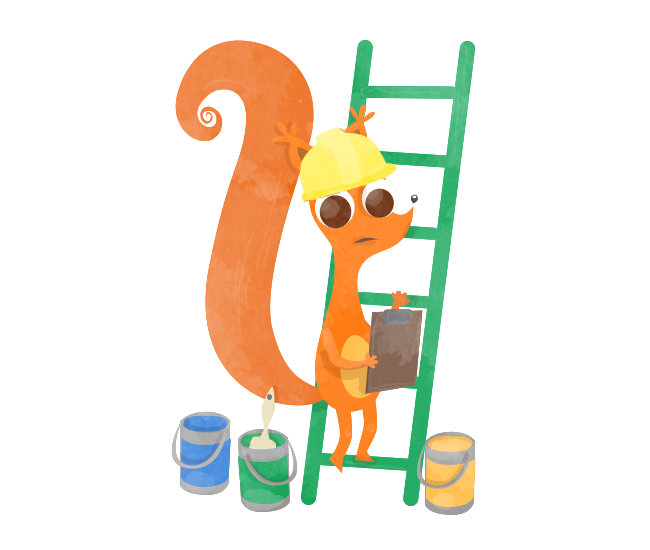
Buying a home is largely considered to be one of the biggest financial commitments most people will undertake in their lifetimes. However, while achieving homeownership requires years of careful budgeting and saving, the need for financial prudence doesn’t end when you receive the keys. Keeping your home in great condition in the years to come will require putting those budgeting skills to good use with careful planning and allocation.
Here are a few best practices to follow to ensure you’ve got the funds you need to keep your home in tip top shape.
As a homeowner, it’s important to prepare for the unexpected as surprise repairs or replacements can be extremely costly. For example, repairing a basement flooded by a sewer backup or a roof damaged after a storm can run in the tens of thousands of dollars.
These emergency fixes may not always be covered by home insurance, or will require a deductible upfront; for this reason, it’s a great idea to contribute regularly to an all-purpose rainy day fund. Financial experts recommend this fund should have a minimum of three-months-worth of cash to cover life expenses, including mortgage payments, utilities, transportation, and food. Keeping a portion set aside solely for home repairs that may fall outside of your insurance coverage is a great way to prevent financial shock should the worst occur.
And, while house owners are most likely to foot the bill for weather- or age-related repairs, condo dwellers should also take care to save in the case their condo board calls for a special assessment, which can require each unit holder to pay thousands of dollars for their share of repairs or reserve fund shortfall.
However, while it’s imperative to prepare for large-scale repairs, it’s the routine homeownership costs that can really eat into a budget and lead to racked-up debt. In the warmer months this can include, but isn’t limited to:
Homeowners also need to take into account semi-regular big ticket replacement costs; while they may only be required every few decades, they require significant spend:
With so many potential costs to keep in mind, how can homeowners proactively prepare a budget? There are a few key factors to consider to accurately estimate what you’ll need to spend.
The 1% rule: General advice suggests that homeowners can expect to pay between 1 – 3% of their home’s value on maintenance each year. For example, if your home is valued at $500,000, you can expect to pay $5,000 per year on its general upkeep and replacement costs. However, it’s important to keep in mind this should reflect your home’s value, and not necessarily its price in an inflated market.
Budgeting per square footage: If the above figure still seems high, another method is to assume you’ll pay $1 per square foot in your home, for example, a 1,500-square foot house will have an annual repair bill of $1,500.
However, it’s also important to take the following into account:
Penelope Graham is the Managing Editor at Zoocasa, a tech-first real estate company that combines online search tools and a full-service brokerage to let Canadians purchase or sell their homes faster, easier and more successfully across the nation, including houses and condos for sale in Toronto, Vancouver, and Calgary. Home buyers and sellers can browse listings on the site, or with Zoocasa’s free iOs app.
YOUR FREE FINANCIAL PLAN
Are you ready to invest in your future?
Build your free plan today.
Start now